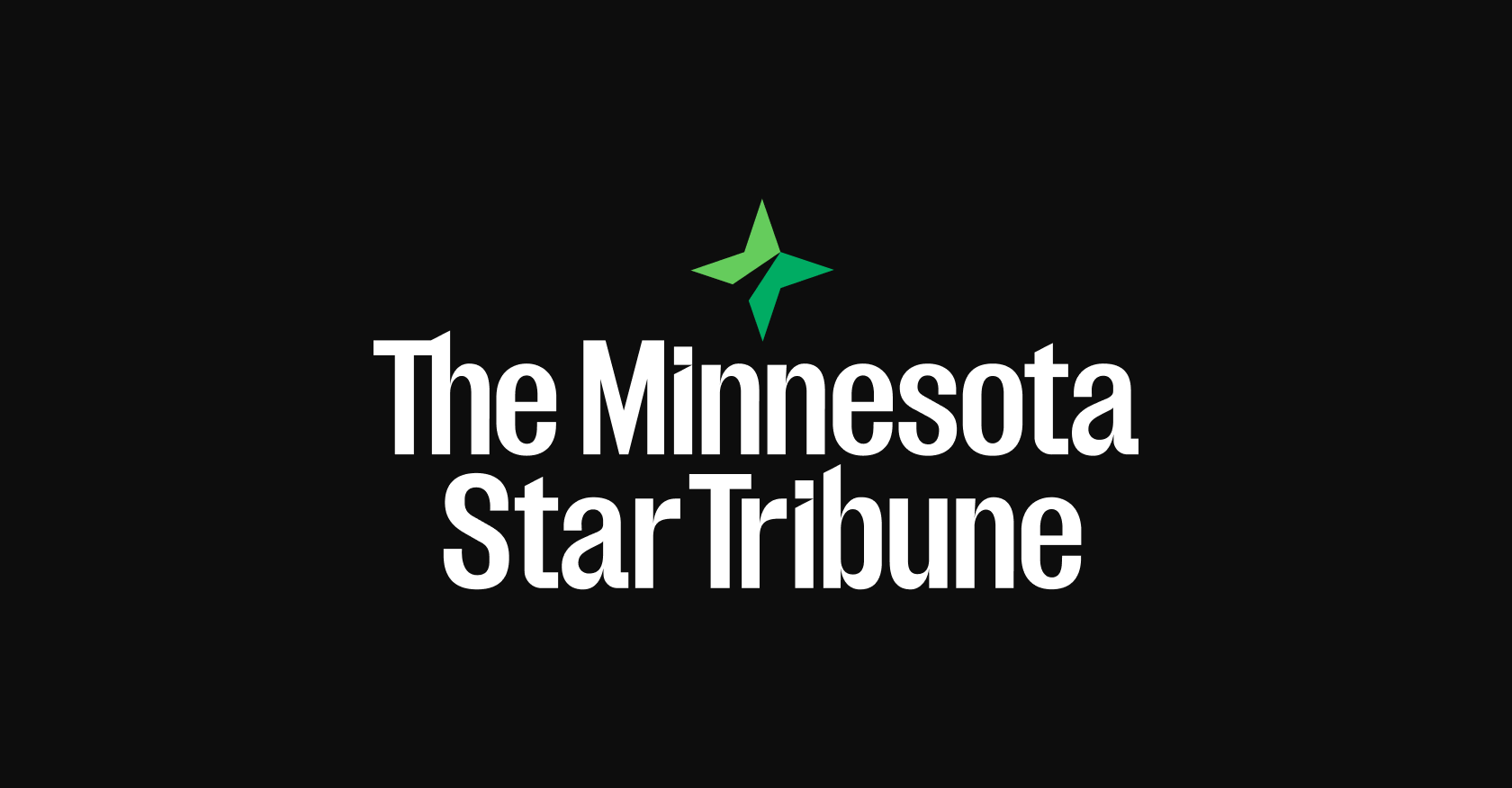When a company guides for more than 50% revenue growth, it grabs attention. But in a market, that’s quick to price in the future, it’s not enough to blindly. What matters is how that growth is coming—new capacity, margin expansion, a rising order book, or tailwinds in a niche industry.
Over the past few weeks, we've been tracking management commentaries, investor presentations and forward-looking guidance across sectors. A handful of companies stand out—not just for their bold projections, but for their strategic groundwork to achieve them. These five firms are not your usual index names.

They’re riding structural shifts, sectoral tailwinds, or executing sharply on turnaround strategies. Each has guided for over 50% revenue growth in the near term. It’s worth understanding what’s driving their confidence—and whether the market has caught up.
#1 Transformers and Rectifiers (India) Transformers and Rectifiers is a with a capacity to produce units up to the high voltage range of 1,200 kV. It's diverse product portfolio encompasses power and distribution transformers, furnace transformers, rectifier transformers and speciality transformers, catering to various applications across utilities, industries and renewables. Going forward, the company has guided for a revenue target of over 3,500 crore in FY26, up from the expected 2,000 crore in FY25.
That’s a jump of over 75% in just one year. The management has also laid out a medium-term ambition to hit $1 billion in annual revenues within the next 3-4 years. To achieve this, the company made a recent acquisition which made it 100% backward integrated in CRGO processing, one of the costliest raw materials in transformers.
This should enhance supply chain control and shave raw material costs by 4%, directly lifting profit margins. It’s also setting up new capacity—15,000 MVA expansion expected to go live by early FY26—which will help support the new revenue targets. The FY26 revenue guidance of 35 bn is expected to be met largely from existing facilities with the new plant contributing thereafter.
The order book of 36.8 crore and inquiries worth 19000 crore in the pipeline looks solid. The management is focusing on high-margin orders rather than chasing volumes.
#2 Kaynes Technology India The electronics manufacturer has been riding the ESDM (electronics system design and manufacturing) wave, but it’s now preparing for liftoff. In FY25, Kaynes expects to clock over 2800 crore in revenue with a 15% operating margin. For FY26, it is guiding for over 4500 crore, a jump of more than 60% in just one year.
The order book supports the guidance— 6,047 crore at the end of Q3FY25, up from 5422 crore in Q2FY25. Monthly order inflows have risen from 318 crore to 428 crore. Growth is led by sectors like aerospace, medical, industrial IoT, EV and smart meters, with the latter alone expected to generate 1000 crore in the next 12 months.
Despite some execution delays earlier in the year, Kaynes says the growth has only been deferred. The margin story is also intact. For FY25, the Ebitda margin is expected to exceed 15%.
And with a better mix of high-margin orders (aerospace, medical, defence), the gross margin has returned to over 30%. The company has outlined two major capex projects —a 3,300 crore OSAT (semiconductor assembly and testing) facility in Sanand and a 14 bn high-density PCB plant in Tamil Nadu. Both are expected to start commercial production in Q4 FY26.
Most of this is being funded through central and state government subsidies—up to 70% in some cases—meaning minimal stress on the balance sheet. The company is also eyeing inorganic growth. It recently acquired Sensonic (railway safety tech) and has its eyes set on global targets.
A QIP may be used to fund overseas acquisitions, particularly in the US, as Kaynes looks to expand its geographic footprint and enter the ODM (original design manufacturing) field. For FY26, Kaynes is targeting 15–16% EBITDA margins. But once the OSAT and the PCB unit are fully operational, margins could expand further, with these verticals offering higher profitability.
#3 Zaggle Prepaid Ocean Services Zaggle Prepaid Ocean Services is shaping up to be more than just a rewards or card player. It’s building an end-to-end spend management platform with fintech hooks across travel, expense, rewards, fleet and now, international payments. The shift from a pure product model to a platform-first approach is paying off.
In 9MFY25, Zaggle's revenue jumped 77.4% YoY, making it the company’s strongest nine-month performance to date. Adjusted Ebitda rose 48% and PAT zoomed 123% YoY.
The company is now guiding for 58–63% revenue growth for FY25, sharply up from its earlier band of 45–50%. With Q4 being another strong seasonal quarter, Zaggle might well end the year ahead of its raised guidance. Zaggle’s revenue comes from three streams: SaaS fees, program fees, and the Propel platform.
The revenue from Propel alone grew by 87% YoY. Customer traction is strong, with 3,300+ active corporates and churn under 1.5%.
New wins include Blinkit, Zepto and BigBasket, with BROME—its branch-level expense tool—gaining ground. The company is also launching fleet cards, the ZIP platform and an analytics dashboard. It’s backed by major tie-ups with HDFC Bank and Mastercard.
To fuel this growth, the company raised 500 crore through a QIP in December 2024. Funds will be deployed for inorganic expansion, with at least two M&A deals already in advanced stages. It’s aiming for 15–16% EBITDA margins over the next few years.
While adjusted EBITDA margin currently stands at 9.4%, the mix is shifting toward higher-margin SaaS and program fee revenue. #4 Apollo Micro Systems is a defence electronics company.
The company focuses on mission-critical systems across land, naval and aerospace platforms. It provides end-to-end solutions—from design and development to production and integration—for DRDO and other defence agencies. Its portfolio includes missile electronics, torpedo guidance, underwater mine systems and avionics.
In 9MFY25, the company reported rose 69.5% YoY. For FY26, Apollo is guiding for 45–50% revenue growth, while internally working toward a 100% increase—a doubling of the topline in just one year.
The company has capacity expansion plans underway. While Unit 2 is operational, Unit 3, a 350,000 sq. ft.
weapons integration facility, is expected to be ready by Q2 FY26. The R&D investments are also to rise, with over 100 crore earmarked for new product development. A recent fundraising of 816 crore will support this scale-up.
Of this, 550 crore is allocated to working capital, while the rest will go toward R&D, acquisitions and general corporate needs. Strategic partnerships are also being built. MoUs have been signed with GRSE and Redon Systems and the company is an approved R&D and production partner for BDL and BEL.
While 70–75% of revenues currently come from development-stage contracts, the share of production orders is expected to rise. Management sees EBITDA margins expanding from 25–26% to 30% over the next 12–18 months. With an order book of 500–550 crore and large naval and missile defence orders expected, Apollo Micro Systems is gearing up for its next phase of growth.
#5 Balu Forge Industries (BFIL) is a precision engineering firm and a leading manufacturer of high-value forged and machined components. The company operates across critical sectors like defence, aerospace, railways, oil & gas, commercial vehicles and wind energy. Over 90% of its revenues come from exports and a customer base spread across 80+ countries, BFIL is well-positioned in global manufacturing supply chains.
In 9MFY25, the company reported a 64% YoY jump in revenues. For FY25, the company has guided for 55–60% revenue growth, with a view to scale EBITDA margins to 30–32% by FY26, from the current 26.9%, as a new automated plant comes online.
An integrated manufacturing campus in Belgaum is being phased into operations. It has a closed-die hydraulic hammer line, an 8,000-ton forging press and 7-axis CNC machining systems capable of processing components up to 1,000 kg and 3 meters in length. The capex has been internally funded.
The new capacity will boost the company’s footprint in high-margin segments like aerospace, defence and railway components. Strategic partnerships are key growth levers. The company has formed an SPV with Swan Energy to serve global industries, especially defence and nuclear.
Some products are already in the commercialisation stages for critical components across railways and aerospace. The management is focused on customer and geography diversification. Europe+1 is a bigger tailwind than China+1 for BFIL, with traction in underserved global regions and new OEM tie-ups.
Apart from this, the company is also leveraging contract manufacturing to deepen global penetration. Conclusion High-growth guidance from companies is always exciting. But as investors, we must learn to separate vision from execution.
It’s one thing to aim for 50%+ growth. It’s another to deliver it consistently while protecting margins and returns on capital. These companies are setting ambitious targets and, in some cases, backing them with solid capacity expansion, niche positioning, or long-term contracts.
But expectations can turn quickly. Watch for delivery. Track order conversions, margin sustainability and balance sheet stress.
Also remember that real wealth is built not by reacting to flashy numbers, but by staying aligned with long-term fundamentals. In the end, it’s not the that wins. It’s the one that grows well and wisely.
Happy investing..
Business

Five companies with a projected revenue growth exceeding 50%

These five fast-growing companies are projected to grow revenues by over 50%, backed by structural tailwinds and sectoral demand.















